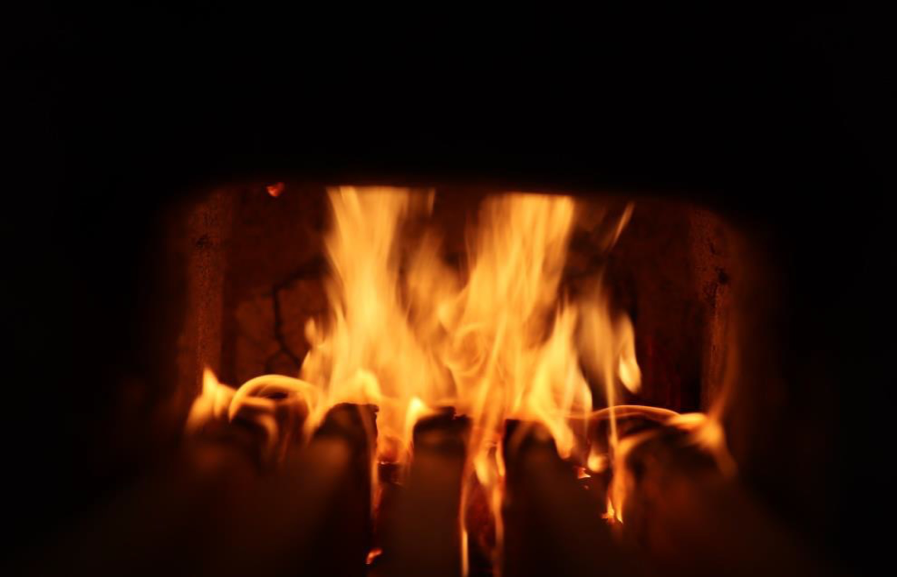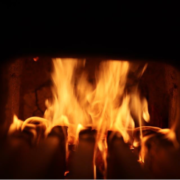Metering, Mixing, Temperature, Time

Here are lessons learned that summarize what we consider to be the ‘state of the art’ in 2021. Please remember that, as scientists, we do not consider these hypotheses to be true. The concepts are evolving and, like all knowledge, will coalesce into a state of greater accuracy as experience, experiment, and analysis shapes understanding.
Optimize the heat transfer efficiency first.
Then adjust the combustion efficiency of the stove.
- The fire generates high enough temperatures for a metered amount of wood gas to combust. The stove body reduces temperatures as little as possible.
- An appropriate amount of wood gas is made. The rate of reactions (how fast the wood is turned into burnable gas) is controlled by adjusting the primary/secondary air (TLUD) or by metering the fuel (Rocket).
- The stove creates molecular mixing with sufficient time for combustion to occur. At 850°C, with about one meter per second velocity, the residence time needed for close to complete combustion can be very limited.
- Even at 900°C, with lots of mixing and residence time, the fuel must be metered at the proper rate. Increasing the rate of reactions too quickly can overwhelm the ability of the combustion chamber to combust all of the wood gas.
- A zone of mixing of air, gases, smoke, and flame is created using natural draft or forced draft jets of primary and/or secondary air. To date, creating sufficient mixing in a Rocket stove requires forced draft jets of air but natural draft jets work well in a TLUD burning pellets.
- It is possible that forced draft jets of air are most successful in reducing emissions in a Rocket stove when directed up from the bottom into the fire.
- In a TLUD stove, jets of secondary seem to be most successful when aimed into the fire, usually just above the batch of fuel.
- As a rule of thumb, the cooling effect of the primary or secondary air jets decreases thermal efficiency. Primary air tends to have less of a cooling effect than secondary air.
- Secondary air jets create a high pressure zone that reduces the draft, limiting the amount of velocity.
- Secondary air jets are very successful in a cylindrical combustion chamber with a closed bottom, as in a TLUD. However, the cooling effect and lowered velocity of draft in the Rocket stove makes it more difficult to apply this technique with the open fuel door in the side of the stove.
- Use the emissions hood to tune the stove.
- The amount of flame, air, and wood gas entering the zone of mixing is adjusted under the emissions hood until close to optimal combustion efficiency is obtained.



Leave a Reply
Want to join the discussion?Feel free to contribute!